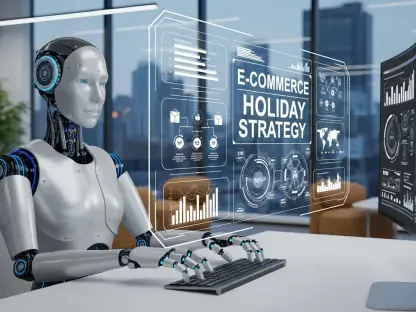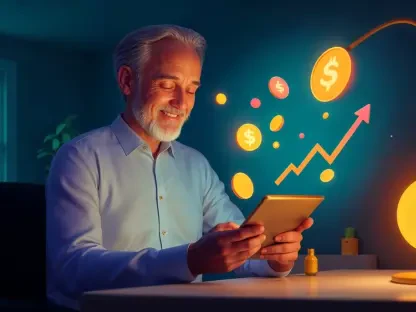In this interview, we are speaking with Zainab Hussain, an experienced e-commerce strategist with expertise in customer engagement and operations management. The discussion will delve into the retail industry’s reaction to the COVID-19 pandemic, changes in shopping behavior, and the ongoing impacts on the economy.
What were the initial reactions within the retail industry to the COVID-19 pandemic in March 2020?
Initially, there was a lot of uncertainty and concern within the retail industry as COVID-19 began spreading globally. Retailers quickly recognized the severity of the situation, leading to a rapid response of temporary store closures to protect employees and customers.
When did the World Health Organization declare COVID-19 a pandemic, and what immediate actions did retailers take?
The World Health Organization declared COVID-19 a pandemic on March 11, 2020. Immediately, nonessential retailers began closing their stores temporarily to comply with health guidelines and mitigate the spread of the virus. This drastically impacted their operations, as they had to pause in-person sales and shift focus to online channels.
How did the announcement of a potential vaccine in November influence retailers and their operations?
The announcement of a potential vaccine in November brought a sense of hope and optimism. Retailers started preparing for a gradual return to normalcy, ramping up operations, and ensuring they could meet consumer demand both online and in physical stores as restrictions began to ease.
How has the COVID-19 pandemic reshaped work, lifestyle, and shopping patterns over the past five years?
The pandemic has significantly altered work, lifestyle, and shopping patterns. Remote work became more common, and many people have not returned to the office full time. Shopping behaviors also changed, with consumers placing a higher value on online shopping and expecting more from in-store experiences. For example, there is a persistent preference for convenience and safety measures implemented during the pandemic.
What new expectations did shoppers have as they returned to stores post-lockdown?
As shoppers returned, they brought with them new expectations, such as enhanced cleanliness, safety protocols, and a desire for seamless integration between online and in-store experiences. They also expected retailers to offer more engaging and personalized shopping experiences.
How did retailers initially respond to the return of customers?
Retailers were somewhat unprepared for the immediate return of customers, facing challenges in inventory management and meeting increased demand. They eventually adapted by reinvesting in their stores, enhancing their online presence, and listening to consumer feedback to meet expectations better.
What role has consumer feedback played in shaping retail strategies post-pandemic?
Consumer feedback has been crucial in shaping retail strategies post-pandemic. By paying attention to what customers want, retailers have adjusted their operations to offer better experiences, such as integrating more technology in stores and improving online services.
How did the pandemic change the balance of power between consumers and retailers?
Before the pandemic, technology gave consumers significant power in their shopping decisions. The pandemic shifted this balance as supply chain disruptions and limited availability of goods made consumers less picky. However, the balance of power has shifted back to consumers as they now demand higher value for their money in an inflationary economy.
What factors have contributed to the lack of normalcy in the post-pandemic economy?
Several factors hinder a return to normalcy, including persistent inflation and the impact of federal pandemic relief checks that initially supported consumer spending. Additionally, tariffs and economic uncertainties continue to create a volatile environment.
How has inflation changed from the peak of the pandemic to 2025?
Inflation has eased somewhat from its peak during the pandemic, with some indicators, like egg prices, stabilizing. However, economic distortions and uncertainties related to tariffs remain issues of concern.
What are the current concerns regarding the stability of the economy?
Current concerns include the impact of tariffs on economic stability, as they tend to slow growth and increase inflation. The unpredictability of economic policies and international norms has also contributed to a general sense of instability.
According to consumer surveys from the University of Michigan, how has consumer sentiment changed recently?
Consumer sentiment has significantly decreased, with a reported 11% drop in March and a 22% cumulative drop since December, according to University of Michigan surveys. The primary contributors to this decline include fears of rising prices due to tariffs and economic policy changes.
How have actions from US leaders and international norms contributed to this sense of instability?
The actions of US leaders and changes in international norms have created uncertainty and unpredictability. Policy decisions and economic strategies that diverge significantly from established norms have led to a destabilized economic environment.
Given the constant changes and uncertainties, is it realistic to expect a return to “normal”?
Given the rapid pace of change and ongoing uncertainties, expecting a return to “normal” may not be realistic. The economy and retail landscape are in flux, making it challenging to define or achieve a stable state similar to pre-pandemic conditions.









